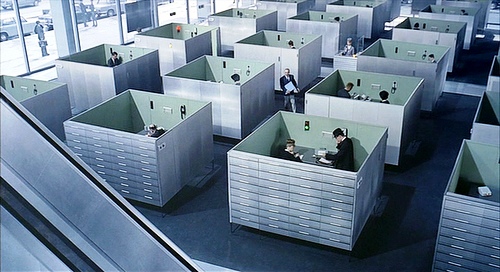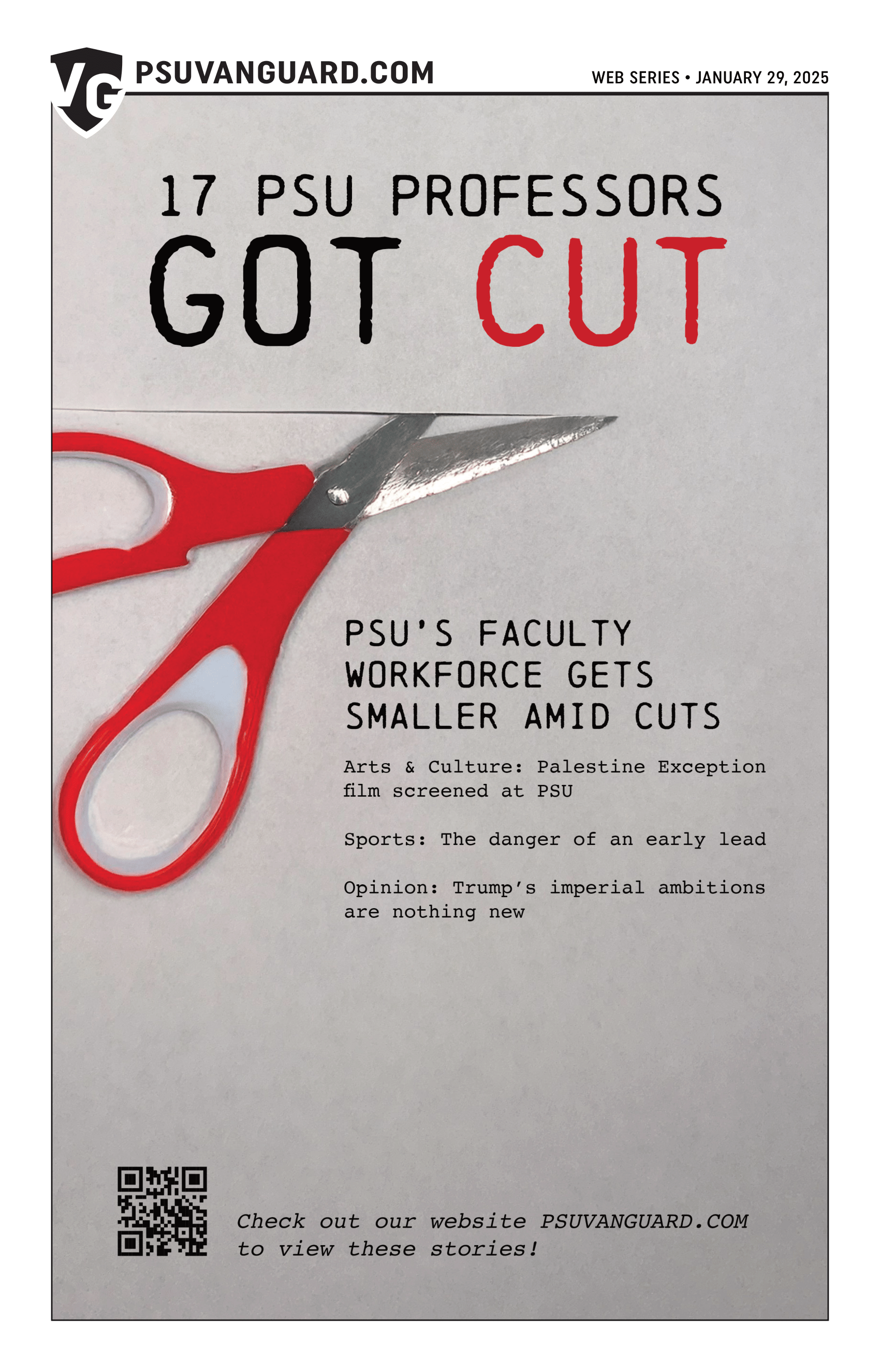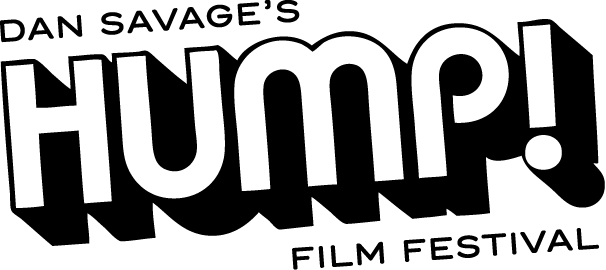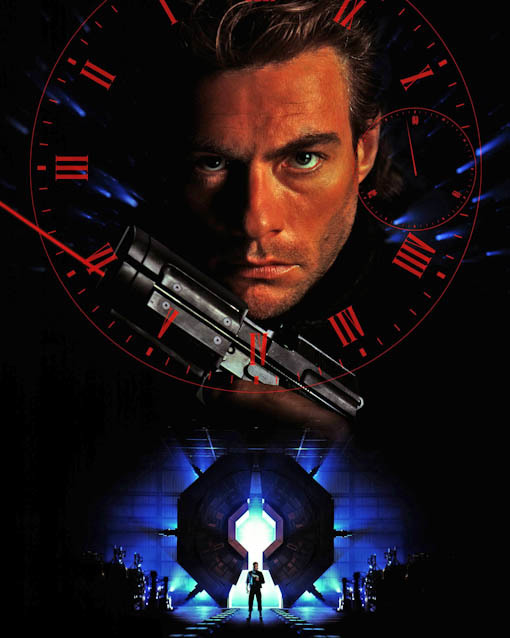You’ve probably never heard of Jacques Tati. If you have, you’ve already bought your ticket to see Northwest Film Center’s rare(ish) 35mm print of Tati’s late masterpiece, 1967’s Playtime, screening Monday, Oct. 16 in Portland Art Museum’s Whitsell Auditorium.
The rest of you, pay attention because I’m about to change your world.
Let’s start here: Tati was a French filmmaker active mostly in the ’50s and ’60s, an auteur whose combination of meticulous cinematic craft and physical comedy have mostly been compared to Charlie Chaplin, Harold Lloyd, and Buster Keaton. He’s one of those Film Nerd Faves, and is frequently mentioned in the same breath as Kubrick, Melville, Fellini, Welles, Kurosawa—you know, the Criterion Crowd. His most famous fan-creation is certainly Rowan Atkinson’s hapless Mr. Bean, but Tati’s acolytes also include David Lynch, Robert Altman, Paul Thomas Anderson, Wes Anderson, and a very enthusiastic Terry Jones.
It’s the Jones angle that interested me initially. I’m a dyed-in-the-wool Monty Python nut, but I was an adult before I understood that behind the troupe’s four lead writer-actors was a pair of Terrys directing practically everything. Terry Gilliam gets a lot more attention on account of his tortured, fractious, brilliant career as a cinematic savant (and dear lord that animation), but it was Jones who directed most of the Python movies, and he was largely responsible for Python’s combination of absurdist social satire and sharp, clever slapstick. Remember that bit where Jones scuttles all over the beach trying to find a place to change into his ridiculous one-piece swimsuit, eventually ending up in a cabaret where he gives in to fate and proceeds to give a wholehearted strip routine? No? OK, go watch that and come back. While you’re at it, watch a few clips of Keaton and Lloyd and Chaplin and Marceau and Tati himself. It’s a tough world. Have a laugh. Release some endorphins.
Alright, so now you know what we’re talking about. Here’s what interests me, and is the reason you need to go see Playtime on a big screen with a bunch of other film nerds: It’s a big, complex movie with an astonishing amount of detail and a metric ton of subtle jokes buried in the sea of carefully choreographed cinematic routines.
Tati, like the other comedian-auteurs I’ve mentioned, was about a lot more than pratfalls and sight-gags, although they did perfect that art as well. No—these were ambitious filmmakers who wanted to explore the limits of film, which is precisely what puts them on par with darlings like Lynch, Altman, the Coens, et al.
Now, Tati’s earlier pictures are works of genius but are also fairly straightforward. Monsieur Hulot’s Holiday (1953), which introduced the iconic pipe-smoking Tramp-like character Tati became famous for (and to a degree trapped behind), is a lovely and well-orchestrated social satire full of sight and sound gags and it gets better every time I watch it.
The sequel, Mon Oncle (1958), is a real sequel: more of the same but bigger and better. Cut to nearly a decade later, Tati was tired of Hulot and wanted to do something simultaneously grander and more subtle, a vast and intricate braid of small human moments intersecting with cosmopolitan modernity.
Two famous scenes should whet your appetite: the bit with the offices and the bit with the apartments. The first I can barely talk about at all, except to say that its endlessly drab cubicles and mystifying glass walls had a clear impact on everything from to Gilliam’s Brazil and Soderbergh’s Kafka to dystopian office comedies like Joe vs. the Volcano, that weird Crispin Glover Bartleby adaptation, and the criminally under-respected Galifianakis vehicle Visioneers.
The bit with the apartments is the one everyone talks about. It’s not my favorite scene in the movie, but it’s a perfect synecdoche (oh yeah, and add Kaufman’s Synecdoche, New York to that list) for the rest of the movie. Tati’s Hulot goes to visit an old friend in the latter’s apartment building, but we stay outside and follow the action from the street. This means most of the audio comes from urban sounds rather than the interior living spaces, but that doesn’t stop Tati from making little audio-visual puns across multiple planes. We see everything through the floor-to-ceiling windows, peeping not only into Hulot’s buddy’s apartment but his neighbors’ flats too. It gets really exciting when the people inside and outside start forming large-scale sight-gags without ever actually interacting directly with each other. It goes on for something like ten-fifteen minutes, and if this bit was a standalone short film and Tati had never done anything else it would have still guaranteed his place in the Film God Pantheon.
But no, this is the calmest scene in the whole movie. The rest of the time it’s all airports and restaurants and trade shows and traffic circles, stories layered on stories, achieving a density of quite literally symphonic proportions. You’ll want to watch it several times, and if you’re a Portland State student you can watch it on your laptop anytime you want at psu.kanopystreaming.com/video/playtime (and if you’re not you can get your ass over to Belmont and Save Movie Madness), but everyone needs to see Playtime at least once on a big screen, with big screen sound, in a dark movie theater with a bunch of other geeks.
And that, my friends, is why you’re going to the Art Museum on Monday.






